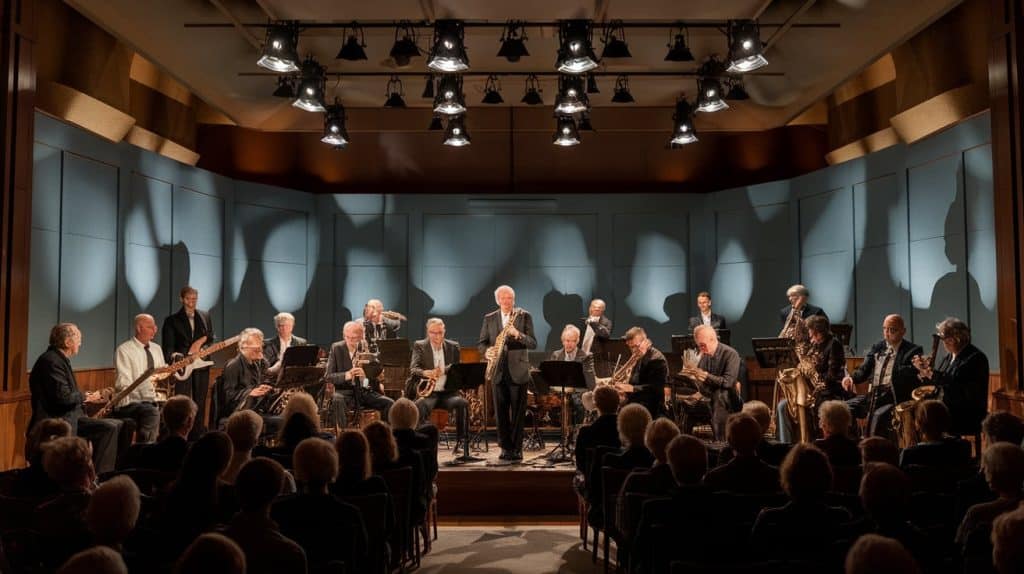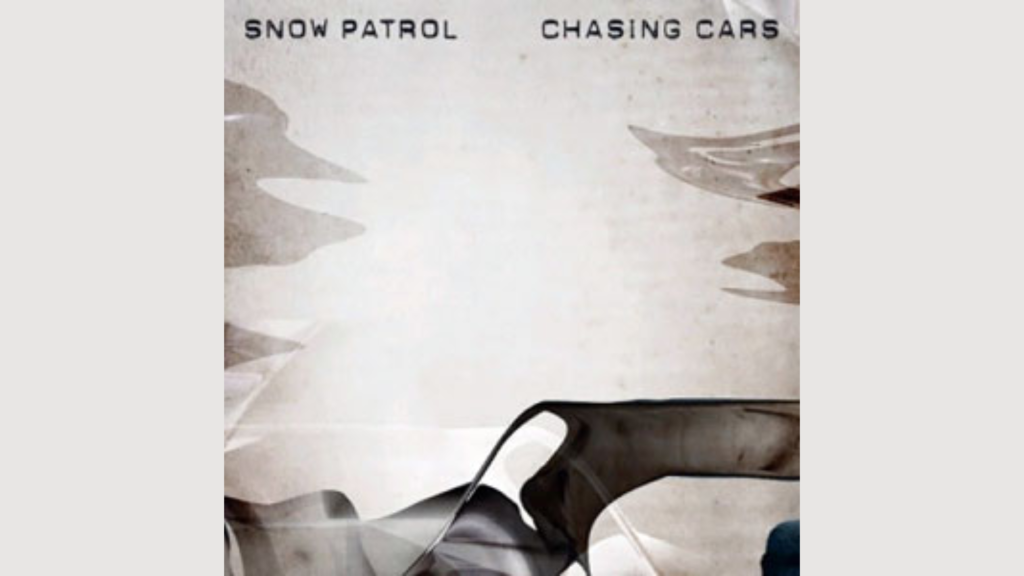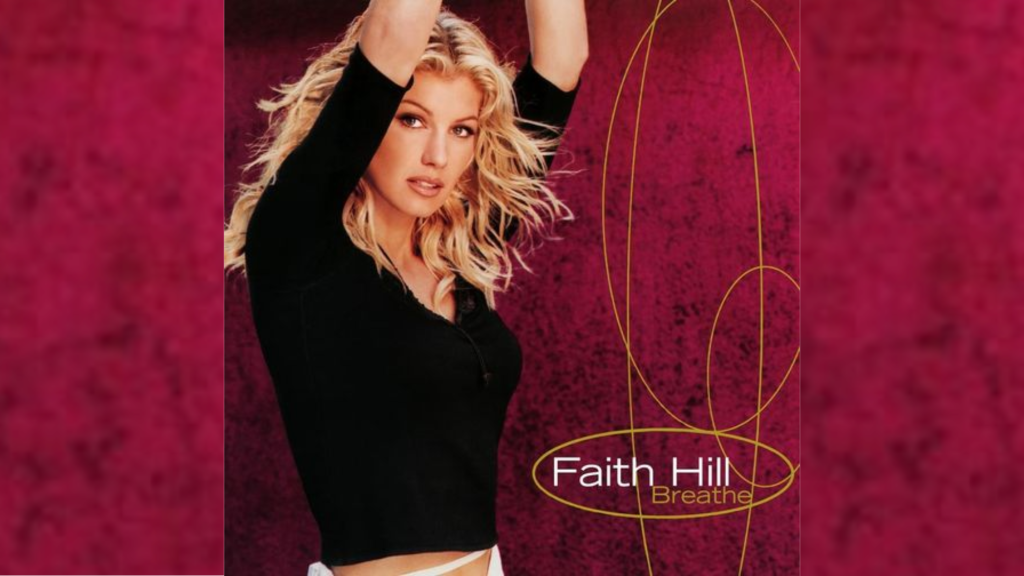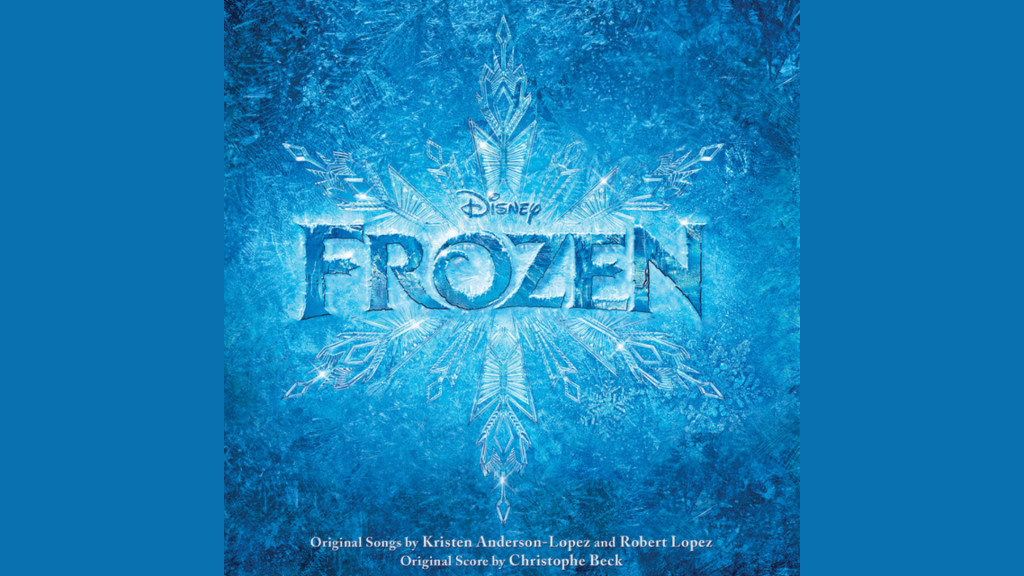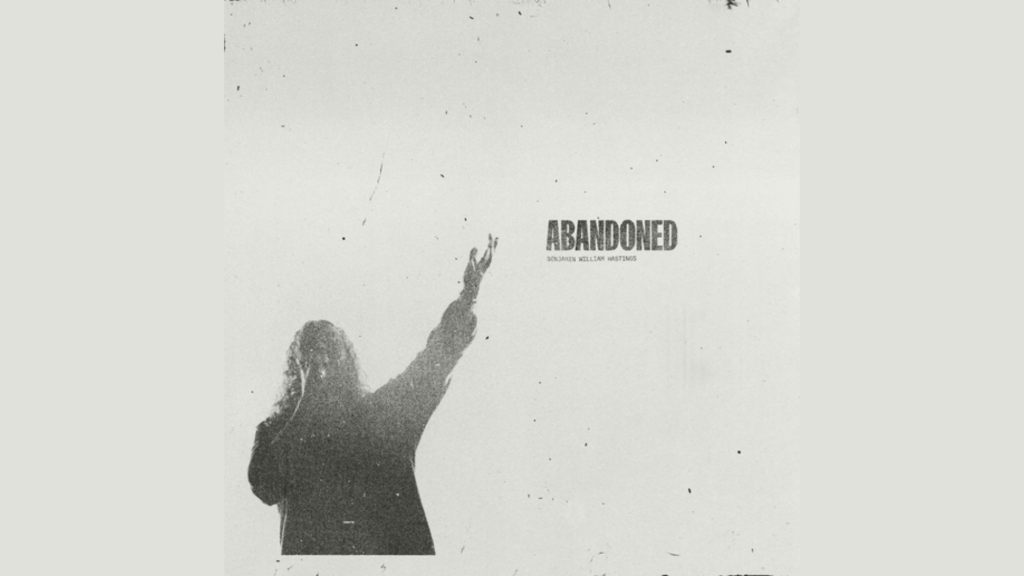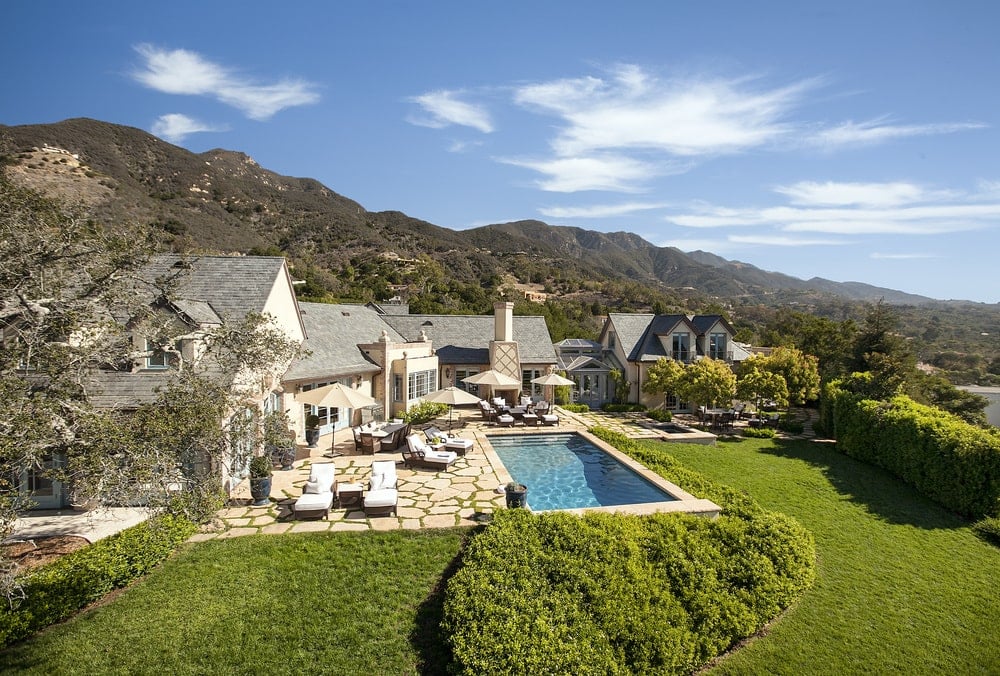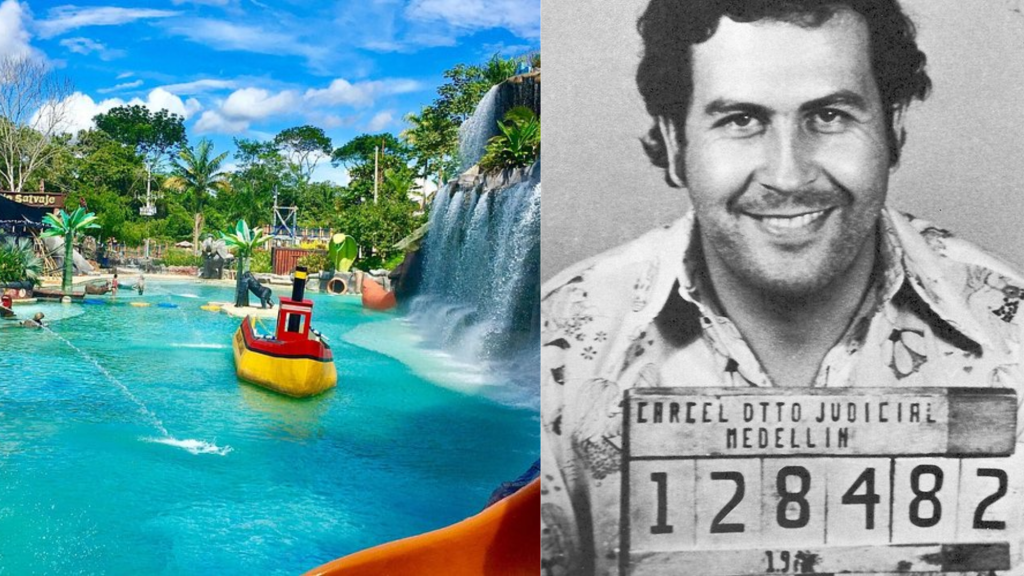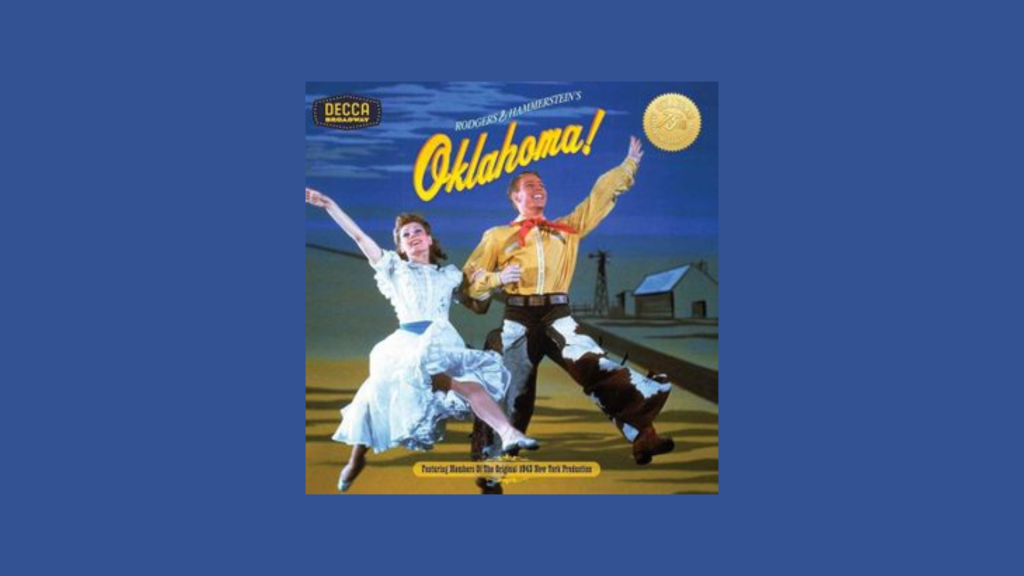Jazz, a genre born from the African-American experience, was once considered exclusively for Black artists.
However, a group of talented White musicians dared to challenge this notion.
Their unique perspectives and innovative approaches brought fresh energy to the genre, pushing boundaries and redefining what jazz could be.
These artists expanded the art form’s possibilities from Bix Beiderbecke’s hot jazz solos to Dave Brubeck’s experimental time signatures.
Discover how these 30 White jazz pioneers, including trailblazers like Bix Beiderbecke, Dave Brubeck, Chet Baker, Diana Krall, and more, left an indelible mark on jazz, influencing generations of musicians that followed with their creativity and skill.
Explore their captivating stories and groundbreaking contributions that forever changed the landscape of jazz music, making it a truly diverse and inclusive genre appreciated worldwide.
Pioneers
1. Bix Beiderbecke (Cornet/Piano)
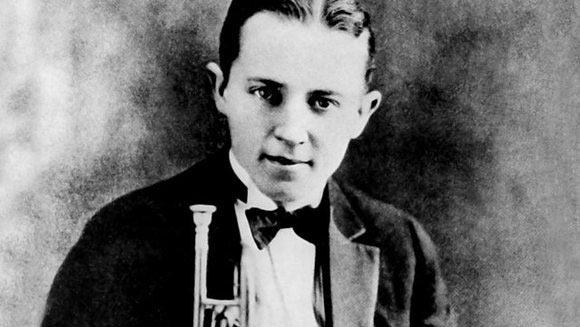
Bix Beiderbecke was a pioneering jazz cornetist and pianist known for his lyrical, mellow tone and innovative improvisational style.
Born in Davenport, Iowa, in 1903, Beiderbecke quickly became a leading figure in the 1920s jazz scene.
He played with prominent bands such as the Wolverines, Jean Goldkette, and Paul Whiteman’s Orchestra.
Despite a career cut short by alcoholism and an early death at 28, Beiderbecke’s contributions to jazz were significant. His playing influenced generations of musicians and left an indelible mark on the genre. His compositions, including “In a Mist,” showcased his sophisticated harmonic sense and marked him as one of jazz’s first great soloists.
- Famous songs: “In a Mist,” “Singin’ the Blues,” “Clarinet Marmalade”
- Awards: Posthumously inducted into the Big Band and Jazz Hall of Fame
- Years Active: 1924-1931
2. Benny Goodman (Clarinet)
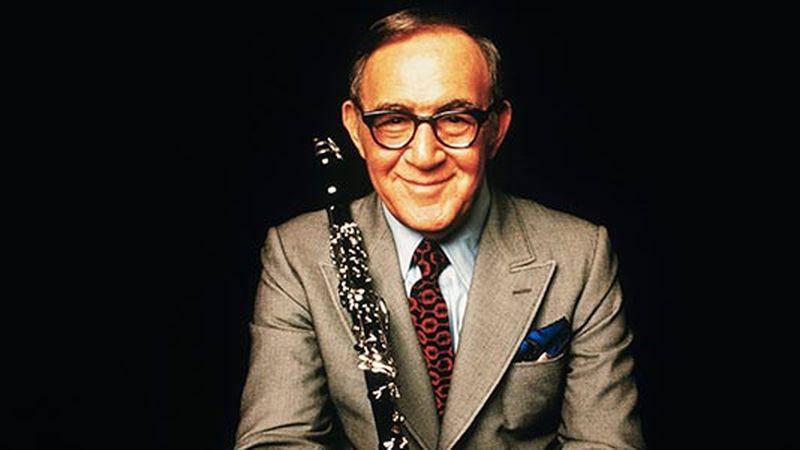
Benny Goodman, known as the “King of Swing,” was a virtuoso clarinetist and bandleader who played a pivotal role in popularizing jazz during the 1930s and 1940s.
Born in Chicago in 1909, Goodman formed his big band, which became one of the most successful and influential of the swing era.
His groundbreaking 1938 concert at Carnegie Hall is often credited with legitimizing jazz as a respectable art form.
Goodman was also a trailblazer in integrating black and white musicians in his bands, featuring talents like Teddy Wilson and Lionel Hampton.
His precise, fluid playing and innovative arrangements helped define the swing genre.
- Famous songs: “Sing, Sing, Sing,” “Stompin’ at the Savoy,” “Let’s Dance”
- Awards: Grammy Lifetime Achievement Award, Kennedy Center Honors
- Years Active: 1926-1986
3. Artie Shaw (Clarinet)
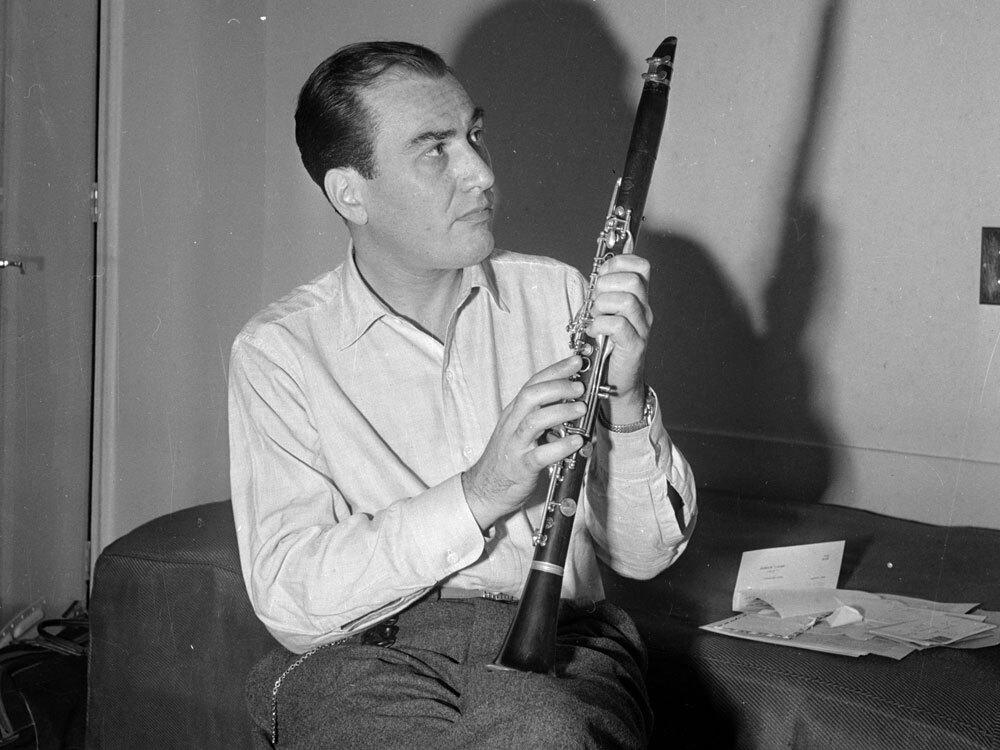
Artie Shaw was a renowned clarinetist, composer, and bandleader whose innovative approach and technical mastery set him apart in the swing era.
Born in New York City in 1910, Shaw became famous for his sophisticated sound and his ability to blend jazz and classical music elements.
His bands featured top musicians and vocalists, including Billie Holiday and Buddy Rich.
Shaw’s recording of “Begin the Beguine” was a major hit and remains a jazz classic. Known for his perfectionism and frequent band changes, Shaw retired from performing in 1954 but left a lasting legacy in jazz.
- Famous songs: “Begin the Beguine,” “Stardust,” “Frenesi”
- Awards: Grammy Lifetime Achievement Award
- Years Active: 1925-1954
4. Jack Teagarden (Trombone)

Jack Teagarden was a preeminent jazz trombonist and vocalist whose smooth playing and rich voice made him stand out in jazz.
Born in Vernon, Texas, in 1905, Teagarden’s career spanned from the 1920s to the 1960s.
He was known for his distinctive, warm trombone tone and ability to blend seamlessly with Dixieland and swing styles.
Teagarden performed with notable bands, including Louis Armstrong’s All Stars, and led his groups.
His technical skill and expressive playing earned him a place among the jazz greats.
- Famous songs: “Basin Street Blues,” “St. James Infirmary,” “Rockin’ Chair”
- Awards: Inducted into the Big Band and Jazz Hall of Fame
- Years Active: 1921-1964
5. Eddie Lang (Guitar)

Eddie Lang, often referred to as the “Father of Jazz Guitar,” was a groundbreaking musician whose work in the 1920s and 1930s helped define the role of the guitar in jazz.
Born in Philadelphia in 1902, Lang’s virtuosic technique and innovative style influenced countless guitarists.
He played with prominent artists such as Paul Whiteman, Bing Crosby, and Joe Venuti, contributing to some of the era’s most memorable recordings.
Lang’s ability to blend classical guitar techniques with jazz improvisation set new standards for the instrument and helped establish the guitar as a leading voice in jazz.
- Famous songs: “Singin’ the Blues,” “I’ll Never Be the Same,” “Runnin’ Ragged”
- Awards: Inducted into the Big Band and Jazz Hall of Fame
- Years Active: 1924-1933
Swing Era
6. Gene Krupa (Drums)
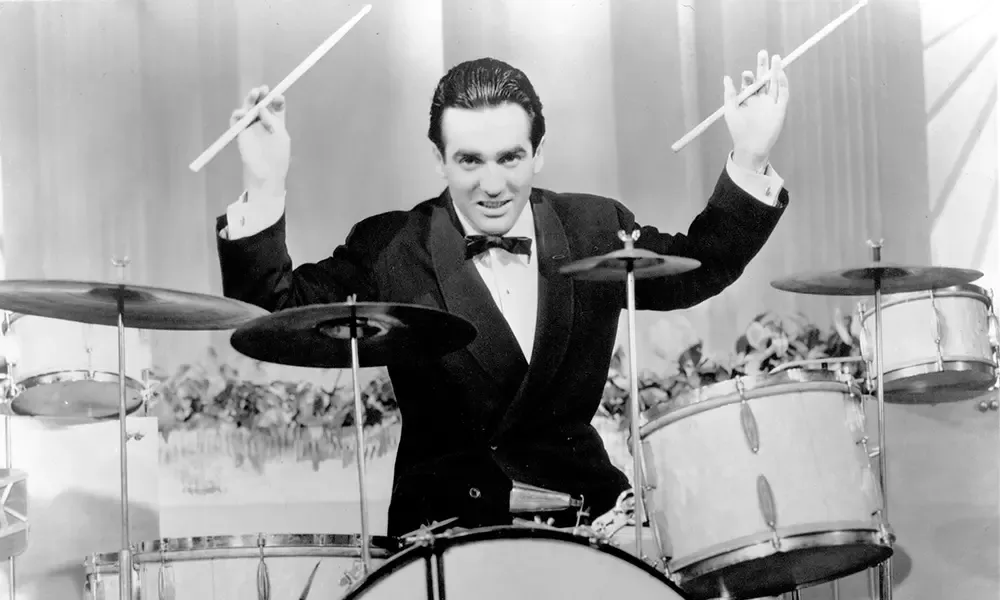
Gene Krupa was a groundbreaking drummer and bandleader known for his energetic playing style and showmanship.
Born in Chicago in 1909, Krupa gained fame in the 1930s as a member of the Benny Goodman Orchestra, where his dynamic drumming on “Sing, Sing, Sing” became legendary.
He later led his successful big bands and small groups featuring prominent musicians like Anita O’Day and Roy Eldridge.
Krupa’s influence extended beyond his technical skill, as he helped elevate the role of the drummer in jazz ensembles and popularized the use of the drum set as a solo instrument.
- Famous songs: “Sing, Sing, Sing,” “Drum Boogie,” “Let Me Off Uptown”
- Awards: Inducted into the Modern Drummer Hall of Fame, Grammy Hall of Fame
- Years Active: 1927-1973
7. Buddy Rich (Drums)
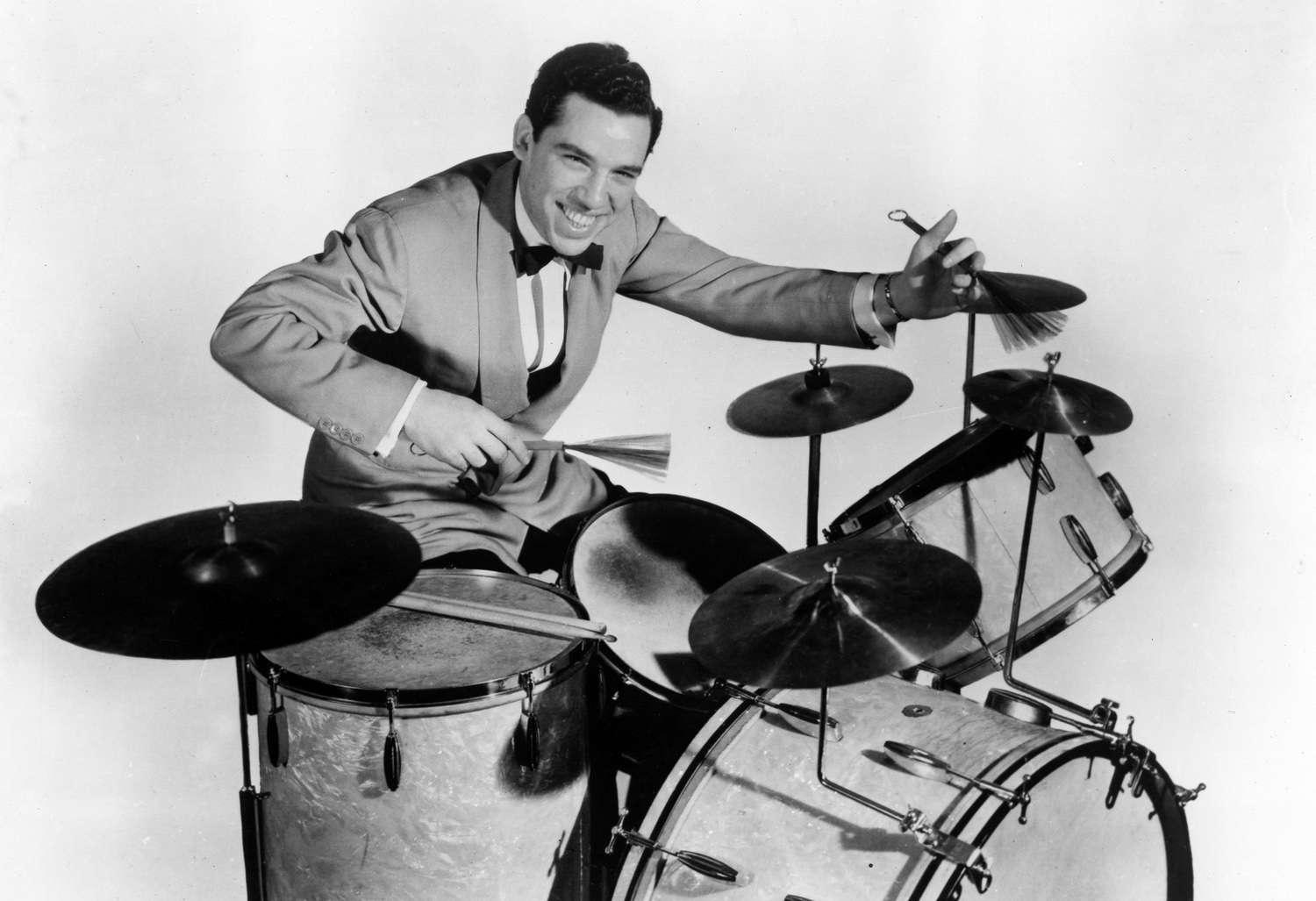
Buddy Rich was one of the most celebrated drummers in jazz history, known for his extraordinary technique, speed, and precision.
Born in Brooklyn, New York, in 1917, Rich started performing as a child prodigy and later played with major bands, including those of Tommy Dorsey and Harry James.
He formed his bands, where he showcased his dazzling drumming skills and led with a demanding yet charismatic style.
Rich’s career spanned over six decades, during which he influenced generations of drummers and left an indelible mark on the world of jazz.
- Famous songs: “West Side Story Medley,” “Machine,” “Groovin’ Hard”
- Awards: Inducted into the DownBeat Hall of Fame, Jazz Masters Fellowship from the National Endowment for the Arts
- Years Active: 1921-1987
8. Harry James (Trumpet)

Harry James was a virtuoso trumpeter and bandleader whose powerful playing and popular recordings made him a major figure in the swing era.
Born in Albany, Georgia, in 1916, James gained fame as a member of the Benny Goodman Orchestra before forming his own highly successful big band.
Known for his brilliant technique and romantic ballad playing, James produced numerous hits that topped the charts.
He continued to lead bands and perform throughout his life, contributing significantly to the popularity of jazz and swing music.
- Famous songs: “You Made Me Love You,” “I’ve Heard That Song Before,” “Trumpet Blues and Cantabile”
- Awards: Grammy Hall of Fame, Hollywood Walk of Fame
- Years Active: 1933-1983
9. Woody Herman (Clarinet/Saxophone)
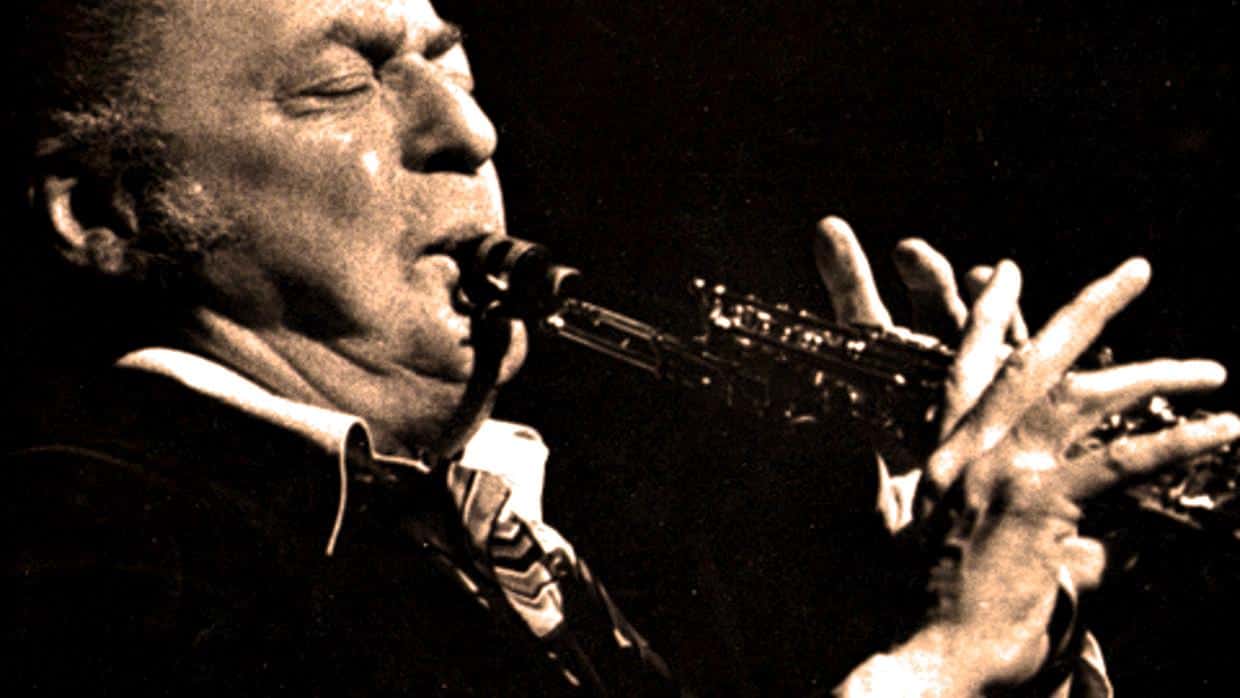
Woody Herman was a clarinetist, saxophonist, singer, and bandleader who led some of jazz’s most influential big bands.
Born in Milwaukee, Wisconsin, in 1913, Herman formed his first band, “The Band That Plays The Blues,” in the mid-1930s.
He later led the famous “Herds,” which featured innovative arrangements and top-notch musicians.
Herman’s bands were known for their tight, swinging sound and ability to adapt to changing musical trends, incorporating bebop and, later, jazz-rock elements.
His career spanned over five decades, making him a key figure in the evolution of big-band jazz.
- Famous songs: “Woodchopper’s Ball,” “Four Brothers,” “Early Autumn”
- Awards: Grammy Lifetime Achievement Award, Kennedy Center Honors
- Years Active: 1936-1987
10. Charlie Barnet (Saxophone)
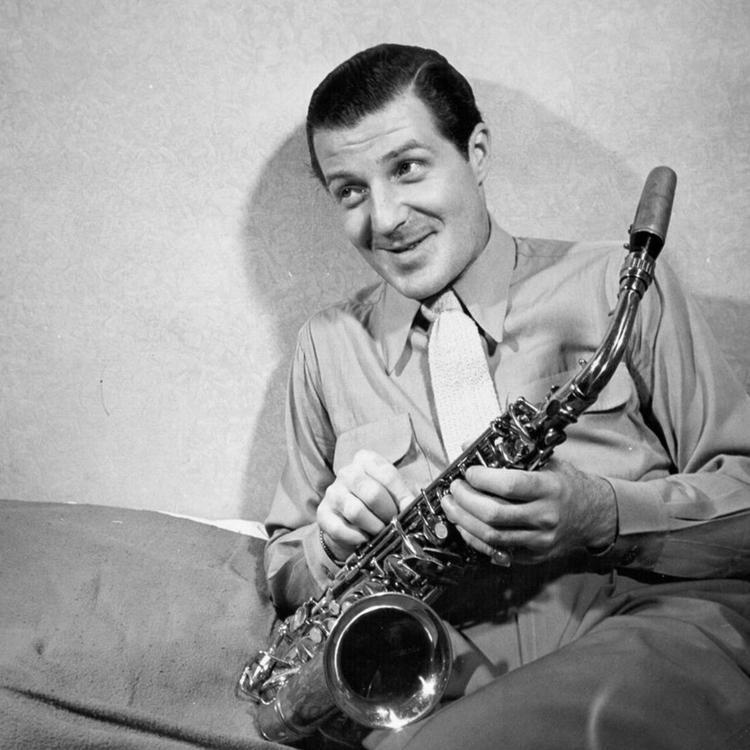
Charlie Barnet was a talented saxophonist and bandleader known for his bold, energetic playing and his innovative big band arrangements.
Born in New York City in 1913, Barnet’s orchestra was among the few white bands that embraced the emerging bebop style in the 1940s.
He was also notable for his progressive hiring practices, employing African American musicians in his bands during racial segregation.
Barnet’s music was characterized by its high energy and swinging rhythm, making him a popular figure in the swing era and beyond.
- Famous songs: “Cherokee,” “Skyliner,” “Pompton Turnpike”
- Awards: Inducted into the Big Band and Jazz Hall of Fame
- Years Active: 1933-1949
Bebop and Cool Jazz
11. Stan Getz (Saxophone)
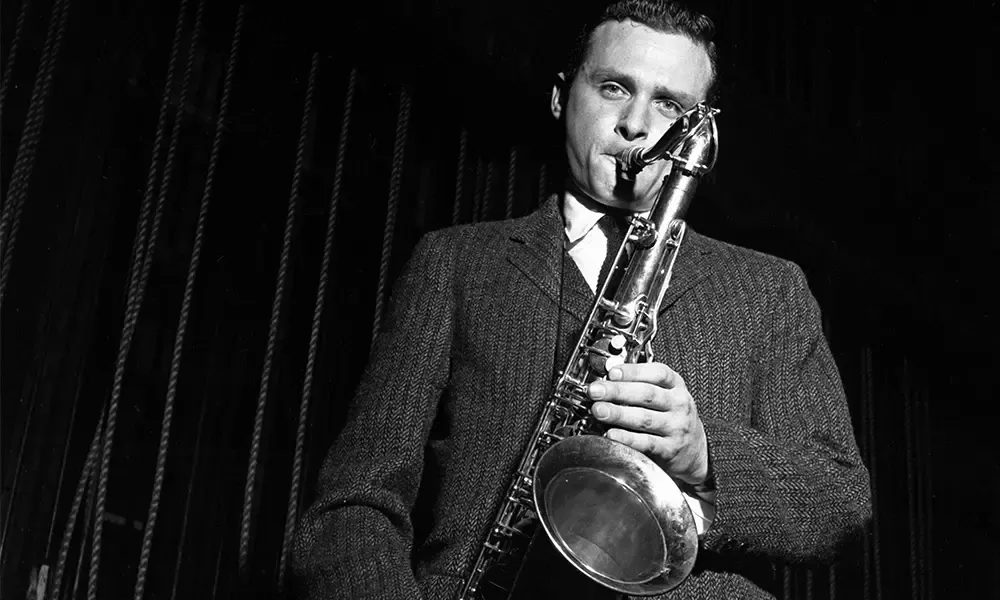
Stan Getz, known as “The Sound,” was a tenor saxophonist renowned for his smooth, lyrical tone and influential style.
Born in Philadelphia in 1927, Getz rose to fame in the late 1940s and 1950s as part of the cool jazz movement.
His collaborations with guitarist Charlie Byrd in the early 1960s brought the bossa nova sound to the United States, resulting in the hugely popular album “Jazz Samba” and the iconic hit “The Girl from Ipanema.”
Getz’s ability to blend jazz with Brazilian music expanded the genre’s boundaries and brought him widespread acclaim.
- Famous songs: “The Girl from Ipanema,” “Desafinado,” “Body and Soul”
- Awards: Grammy Award for Best Jazz Performance, Soloist; Grammy Award for Record of the Year
- Years Active: 1943-1991
12. Chet Baker (Trumpet/Vocals)
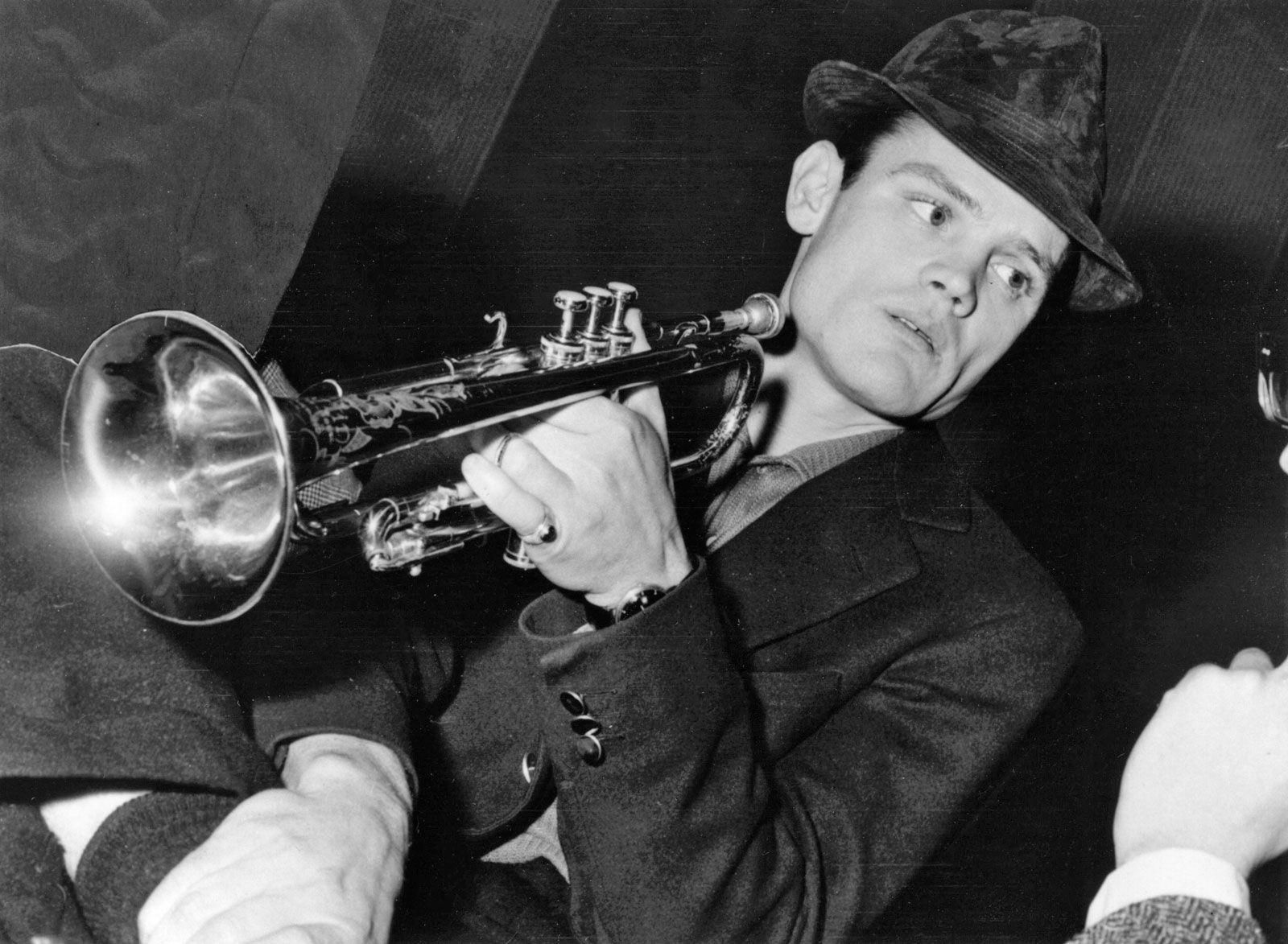
Chet Baker was a jazz trumpeter and vocalist celebrated for his passionate playing and smooth, intimate singing style.
Born in Yale, Oklahoma, in 1929, Baker became a key figure in the West Coast jazz scene of the 1950s.
His work with the Gerry Mulligan Quartet brought him early fame, and his vocal recordings, such as “My Funny Valentine,” became jazz standards.
Despite personal struggles, including battles with addiction, Baker maintained a significant career in both Europe and the United States, leaving a lasting legacy in the world of jazz.
- Famous songs: “My Funny Valentine,” “Let’s Get Lost,” “Almost Blue”
- Awards: Grammy Hall of Fame; multiple DownBeat Magazine awards
- Years Active: 1949-1988
13. Gerry Mulligan (Baritone Saxophone)
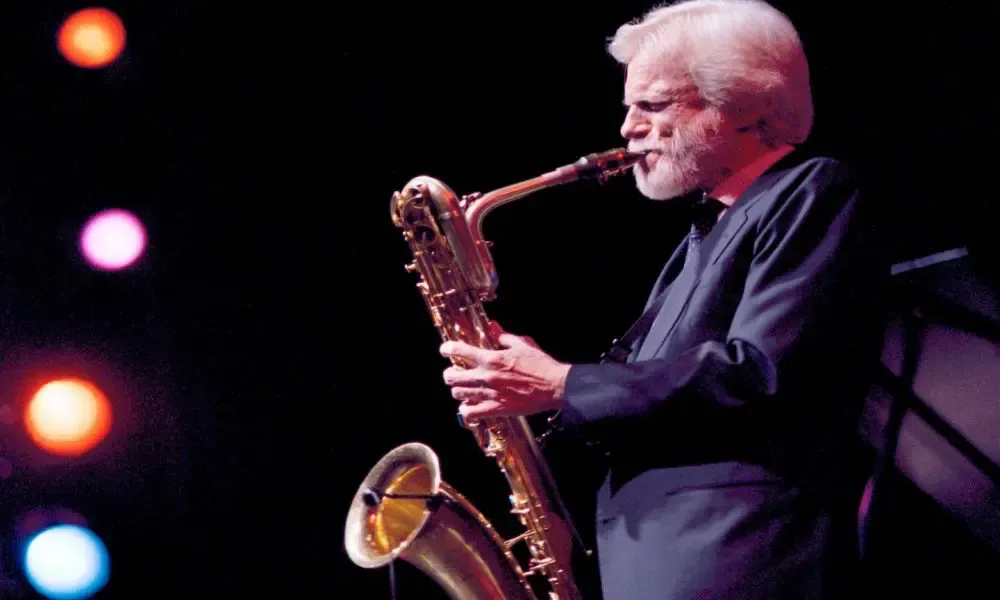
Gerry Mulligan was a pioneering baritone saxophonist, arranger, and composer whose work helped define the cool jazz movement.
Born in New York City in 1927, Mulligan’s light, airy sound and innovative arrangements set him apart.
He gained fame in the early 1950s with the pianoless quartet he co-led with trumpeter Chet Baker, which emphasized contrapuntal interplay and improvisation.
Mulligan’s contributions to jazz extended beyond performance, as he also wrote numerous compositions and arrangements for big bands and small ensembles.
- Famous songs: “Jeru,” “Walkin’ Shoes,” “Line for Lyons”
- Awards: Grammy Award for Best Jazz Instrumental Performance, Individual or Group; NEA Jazz Masters Fellowship
- Years Active: 1946-1996
14. Dave Brubeck (Piano)
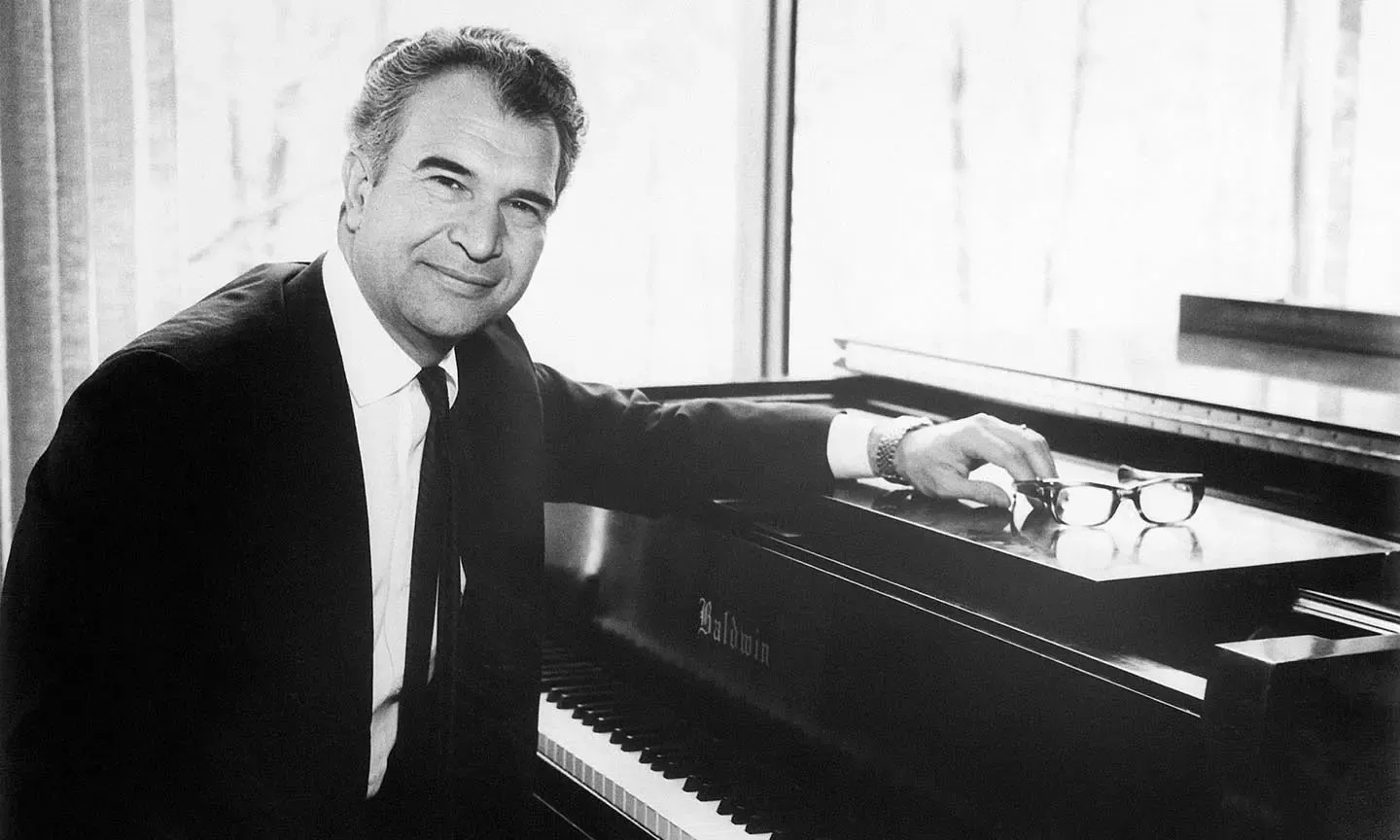
Dave Brubeck was a jazz pianist and composer known for his innovative use of unusual time signatures and his ability to blend jazz with classical music elements.
Born in Concord, California, in 1920, Brubeck’s quartet, featuring saxophonist Paul Desmond, became one of the most popular jazz groups of the 1950s and 1960s.
Their album “Time Out” and its hit single “Take Five” became landmarks in jazz history.
Brubeck’s approachable style and groundbreaking compositions helped bring jazz to a wider audience and solidified his place as one of the genre’s most influential figures.
- Famous songs: “Take Five,” “Blue Rondo à la Turk,” “In Your Own Sweet Way”
- Awards: Kennedy Center Honors, Grammy Lifetime Achievement Award, National Medal of Arts
- Years Active: 1942-2012
15. Paul Desmond (Saxophone)
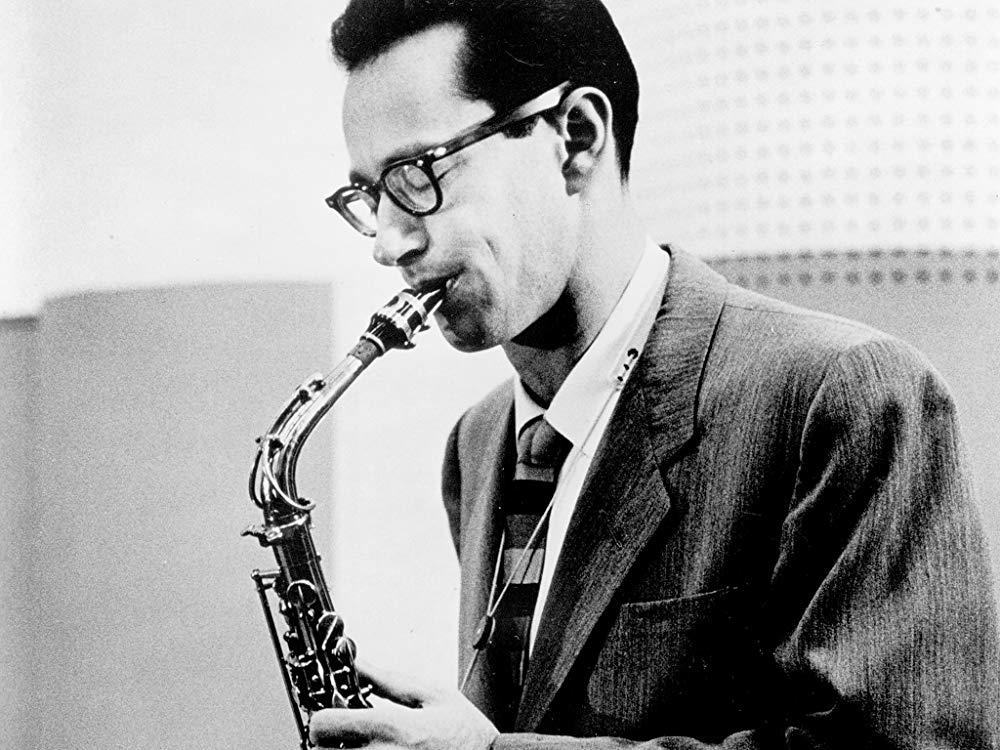
Paul Desmond was an alto saxophonist best known for his work with the Dave Brubeck Quartet, where his lyrical, smooth playing style complemented Brubeck’s complex rhythms.
Born in San Francisco in 1924, Desmond composed the iconic jazz standard “Take Five,” which became one of the best-selling jazz singles ever.
His cool, melodic approach and sophisticated tone made him one of the leading figures in the cool jazz movement.
Desmond’s work with Brubeck and as a solo artist has left a lasting impact on jazz.
- Famous songs: “Take Five,” “Emily,” “Audrey.”
- Awards: Grammy Hall of Fame; multiple DownBeat Magazine awards
- Years Active: 1943-1977
Avant-garde and Free Jazz
16. Ornette Coleman (Saxophone/Trumpet)
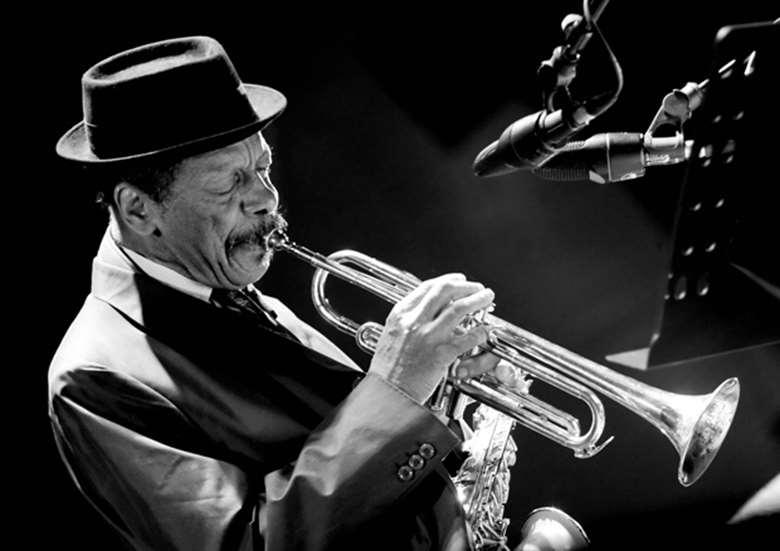
Ornette Coleman was a pioneering saxophonist and trumpeter known for his groundbreaking work in free jazz.
Born in Fort Worth, Texas, in 1930, Coleman challenged traditional jazz structures with his innovative approach to harmony, rhythm, and melody.
His 1959 album “The Shape of Jazz to Come” introduced his concept of “harmolodics,” a theory emphasizing free improvisation and collective harmony.
Coleman’s work often defied categorization, blending jazz, classical, and world music elements.
His influence extended across genres, and he remained a vital force in music until his passing in 2015.
- Famous songs: “Lonely Woman,” “Ramblin’,” “Congeniality”
- Awards: Pulitzer Prize for Music, Grammy Lifetime Achievement Award
- Years Active: 1949-2015
17. John Zorn (Saxophone)
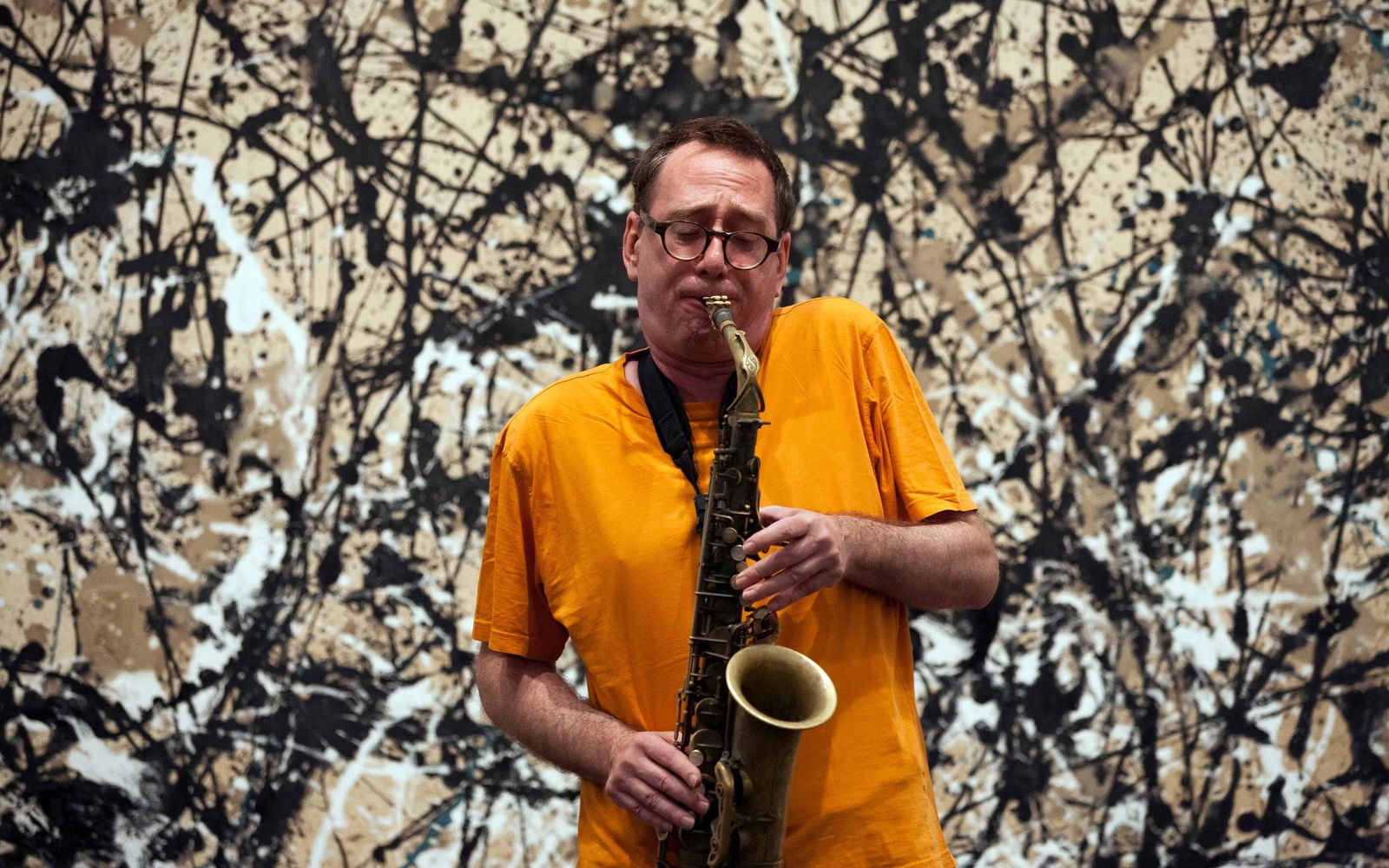
John Zorn is a highly versatile saxophonist, composer, and bandleader known for his eclectic and avant-garde approach to music.
Born in New York City in 1953, Zorn’s work spans various genres, including jazz, classical, punk, and klezmer.
He founded the record label Tzadik and the performance space The Stone, both dedicated to experimental and avant-garde music.
Zorn’s prolific output includes projects like Masada, Naked City, and various film scores, all of which are characterized by their innovative and boundary-pushing nature.
- Famous songs: “Naked City,” “Spillane,” “Masada”
- Awards: MacArthur Fellowship, multiple DownBeat Critics Poll awards
- Years Active: 1973-present
18. Don Cherry (Trumpet)

Don Cherry was a trailblazing trumpeter known for pioneering free jazz work and incorporating global music influences.
Born in Oklahoma City in 1936, Cherry gained recognition as a member of Ornette Coleman’s groundbreaking quartet in the late 1950s.
His subsequent solo career saw him explore various musical traditions, from African and Indian to Middle Eastern and European folk music.
Cherry’s open-minded approach and innovative use of non-traditional instruments helped expand the boundaries of jazz and left a lasting legacy.
- Famous songs: “The Creator Has a Master Plan,” “Mu,” “Complete Communion”
- Awards: NEA Jazz Masters Fellowship, DownBeat Hall of Fame
- Years Active: 1957-1995
Contemporary Era
19. Pat Metheny (Guitar)
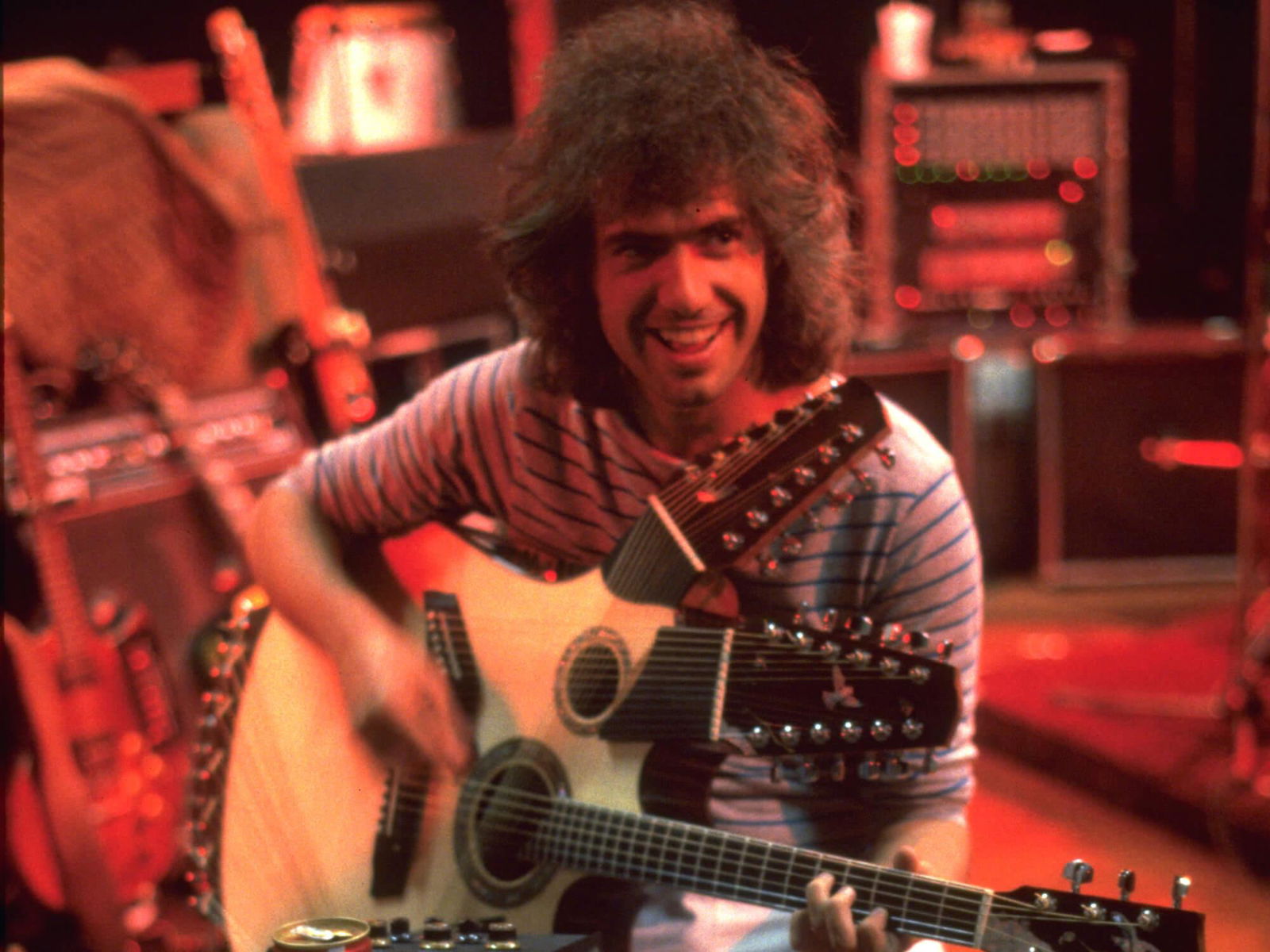
Pat Metheny is a highly influential jazz guitarist known for his versatile playing style and innovative use of technology in music.
Born in Lee’s Summit, Missouri, in 1954, Metheny rose to prominence in the 1970s with his unique blend of jazz, rock, and world music influences.
His group, the Pat Metheny Group, produced several groundbreaking albums, including “Offramp” and “Still Life (Talking).”
Metheny’s collaborations with artists across various genres have further solidified his reputation as a pioneer in contemporary jazz.
Melodic improvisation, rich harmonic textures, and a distinctive tone characterize his work.
- Famous songs: “Last Train Home,” “Are You Going with Me?,” “Bright Size Life”
- Awards: 20 Grammy Awards, NEA Jazz Masters Fellowship
- Years Active: 1974-present
20. Bill Frisell (Guitar)

Born in Baltimore, Maryland, in 1951, Frisell’s career took off in the 1980s with his work on the ECM label.
Atmospheric, reverb-laden tones and innovative use of loops and effects characterize his distinctive sound.
Frisell has collaborated with various musicians, from Paul Motian and John Zorn to Elvis Costello and Lucinda Williams.
His ability to blend genres seamlessly has made him a key figure in modern jazz.
- Famous songs: “Have a Little Faith,” “Throughout,” “Blues Dream”
- Awards: Grammy Award for Best Contemporary Jazz Album, DownBeat Critics Poll
- Years Active: 1978-present
21. Brad Mehldau (Piano)
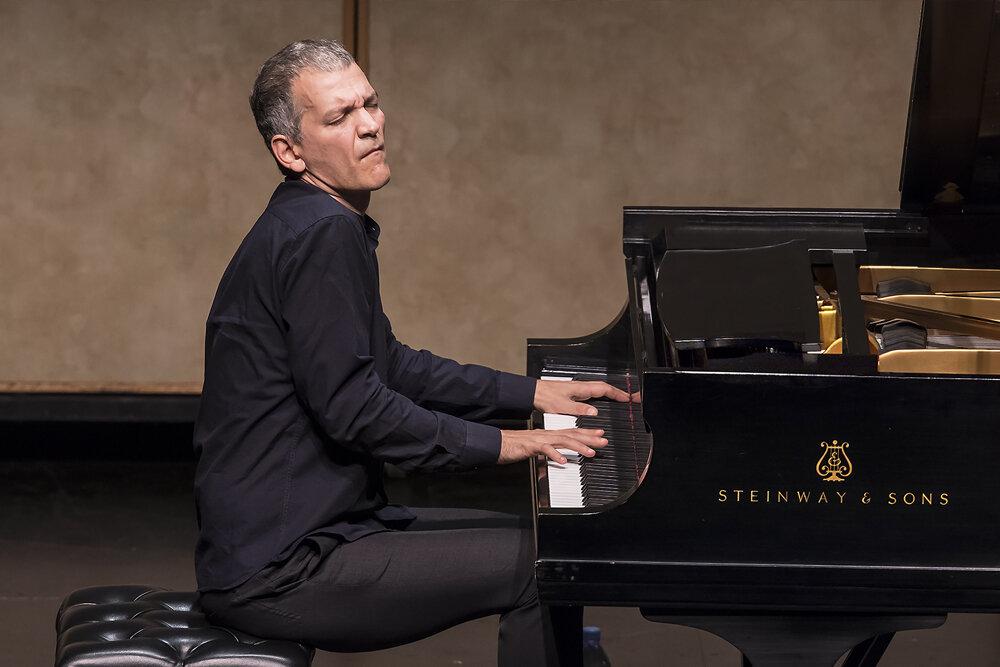
Brad Mehldau is a jazz pianist and composer known for his lyrical improvisation and innovative interpretations of jazz standards and contemporary songs.
Born in 1970 in Jacksonville, Florida, Mehldau gained recognition in the 1990s with his trio, which featured bassist Larry Grenadier and drummer Jorge Rossy.
Classical music deeply influences his approach to the piano, which he seamlessly integrates into his jazz performances.
Mehldau’s versatility extends to his solo work and collaborations with artists like Pat Metheny and Joshua Redman, making him one of the most respected pianists of his generation.
- Famous songs: “Exit Music (For a Film),” “Blackbird,” “Everything in Its Right Place”
- Awards: Grammy Award for Best Jazz Instrumental Album, DownBeat Critics Poll
- Years Active: 1991-present
22. Diana Krall (Vocals/Piano)

Diana Krall is a celebrated jazz vocalist and pianist known for her sultry voice and sophisticated piano playing.
Born in Nanaimo, British Columbia, in 1964, Krall emerged as a leading figure in jazz in the 1990s with albums like “All for You” and “When I Look in Your Eyes.”
Her style blends traditional jazz with pop and bossa nova influences, making her accessible to a wide audience.
Krall has worked with musicians like Tony Bennett, Ray Charles, and Paul McCartney.
Her ability to interpret jazz standards and contemporary songs with equal finesse has garnered her critical acclaim and commercial success.
- Famous songs: “The Look of Love,” “Cry Me a River,” “Peel Me a Grape”
- Awards: Multiple Grammy Awards, Order of Canada
- Years Active: 1990-present
23. Michael Brecker (Saxophone)

Michael Brecker was a highly influential tenor saxophonist known for his technical prowess and innovative approach to jazz.
Born in Philadelphia in 1949, Brecker’s career spanned over three decades, during which he became one of the most sought-after session musicians and a leading figure in jazz fusion.
He co-founded the Brecker Brothers with his brother, trumpeter Randy Brecker, and played with artists ranging from Frank Zappa to Herbie Hancock.
Brecker’s powerful tone, complex improvisations, and ability to cross musical genres had a lasting impact on jazz.
- Famous songs: “African Skies,” “Itsbynne Reel,” “Don’t Try This at Home”
- Awards: 15 Grammy Awards, NEA Jazz Masters Fellowship
- Years Active: 1969-2007
Fusion
24. John McLaughlin (Guitar)

John McLaughlin is a pioneering guitarist known for his virtuosic playing and influential work in jazz fusion.
Born in Doncaster, England, in 1942, McLaughlin gained prominence in the late 1960s and early 1970s with his innovative blending of jazz, rock, and Indian classical music.
He is best known for his work with the Mahavishnu Orchestra, a groundbreaking fusion band that produced critically acclaimed albums such as “The Inner Mounting Flame” and “Birds of Fire.”
McLaughlin’s later collaborations with Indian musicians, including the group Shakti, further showcased his versatility and deep musical curiosity.
- Famous songs: “Meeting of the Spirits,” “You Know, You Know,” “A Love Supreme”
- Awards: Grammy Award for Best Improvised Jazz Solo, DownBeat Hall of Fame
- Years Active: 1963-present
25. Chick Corea (Piano/Keyboard)

Chick Corea was a legendary jazz pianist and keyboardist known for his extraordinary versatility and prolific output.
Born in Chelsea, Massachusetts, in 1941, Corea’s career spanned over five decades, during which he played a key role in developing jazz fusion.
He gained widespread recognition as Miles Davis’s groundbreaking electric band member in the late 1960s.
Corea later formed his influential groups, including Return to Forever and the Chick Corea Elektric Band, blending jazz with rock, classical, and Latin music.
His compositions, such as “Spain” and “500 Miles High,” have become jazz standards.
- Famous songs: “Spain,” “La Fiesta,” “500 Miles High”
- Awards: 23 Grammy Awards, NEA Jazz Masters Fellowship
- Years Active: 1962-2021
Influential Bassists and Drummers
26. Jaco Pastorius (Bass)
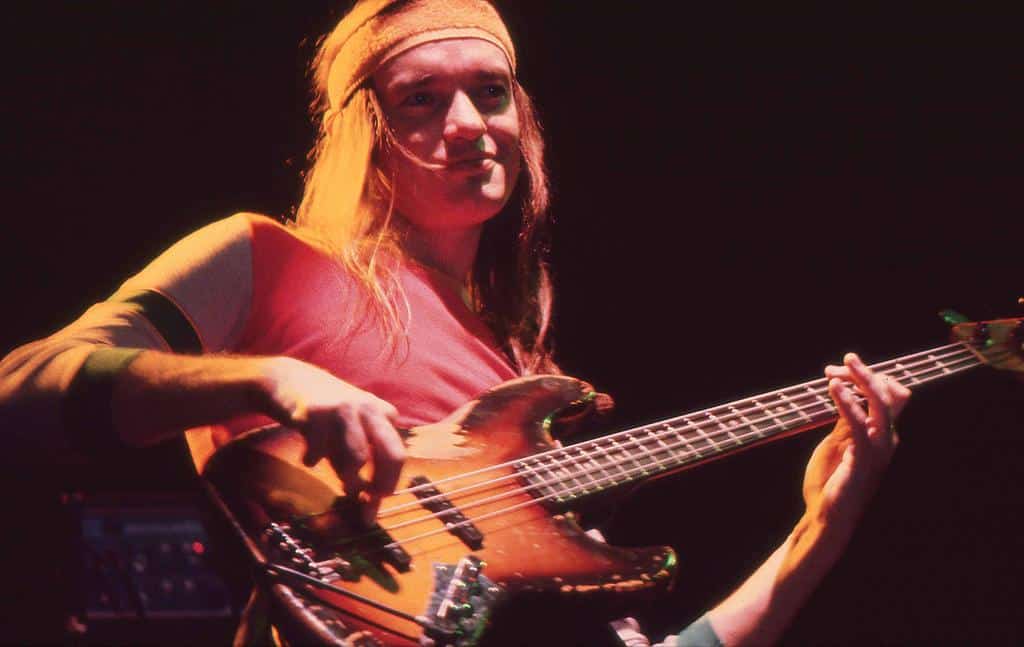
Jaco Pastorius was a groundbreaking electric bass guitarist known for his innovative technique and influential work in jazz fusion.
Born in Norristown, Pennsylvania, in 1951, Pastorius redefined the role of the bass guitar with his virtuosic playing, which included harmonics, intricate solos, and a distinctive fretless sound.
He gained fame as a member of Weather Report, where his contributions to albums like “Heavy Weather” and “Black Market” were pivotal.
Pastorius’s solo career and collaborations with artists such as Joni Mitchell and Pat Metheny further showcased his versatility and creativity.
His tragic death at 35 left a lasting legacy in the music world.
- Famous songs: “Portrait of Tracy,” “Birdland,” “Teen Town”
- Awards: Inducted into the DownBeat Jazz Hall of Fame, Bass Player Magazine Lifetime Achievement Award
- Years Active: 1974-1987
27. Jack DeJohnette (Drums)

Jack DeJohnette is a highly respected drummer and composer known for his versatility and innovative approach to jazz drumming.
Born in Chicago in 1942, DeJohnette’s career spans over five decades, during which he has played with many of the greatest names in jazz, including Miles Davis, Keith Jarrett, and John Coltrane.
His work with the Keith Jarrett Standards Trio is particularly notable for its profound influence on modern jazz.
DeJohnette’s drumming is characterized by its rhythmic complexity, subtlety, and ability to seamlessly blend various musical styles, from jazz and funk to avant-garde and world music.
- Famous songs: “Silver Hollow,” “Lydia,” “Journey to the Twin Planet”
- Awards: Grammy Award for Best New Age Album, NEA Jazz Masters Fellowship
- Years Active: 1961-present
Vocalists
28. Mel Tormé (Vocals)

Mel Tormé, often called “The Velvet Fog,” was a renowned jazz singer, composer, and arranger known for his smooth, velvety voice and impeccable phrasing.
Born in Chicago in 1925, Tormé began his career as a child actor and later became a prominent figure in the jazz and pop music scenes.
He was a versatile artist, excelling in both singing and songwriting and is perhaps best known for co-writing the classic holiday song “The Christmas Song” (“Chestnuts Roasting on an Open Fire”).
Tormé’s career spanned over six decades, during which he recorded numerous albums and performed with some of the biggest names in jazz.
- Famous songs: “The Christmas Song,” “Blue Moon,” “Comin’ Home Baby”
- Awards: Grammy Lifetime Achievement Award, Grammy Hall of Fame
- Years Active: 1933-1999
29. Blossom Dearie (Vocals/Piano)
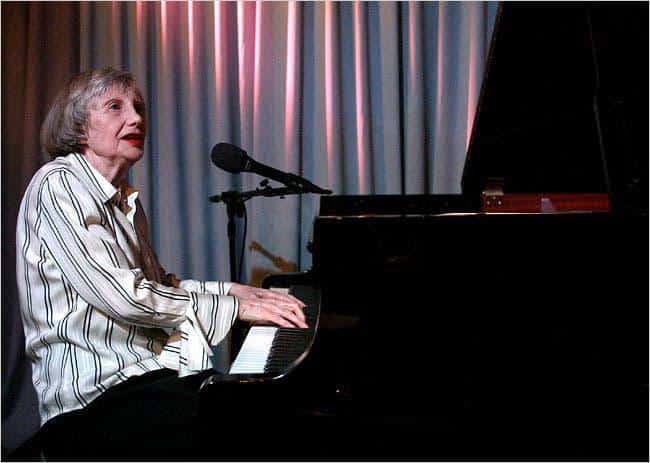
Blossom Dearie was a distinctive jazz singer and pianist known for her light, girlish voice and sophisticated interpretations of songs.
Born in East Durham, New York, in 1924, Dearie started her career in Paris, where she recorded with the Blue Stars of France.
Her return to the United States in the 1950s began a successful solo career.
Dearie’s repertoire often included witty, clever songs delivered with a charming, minimalist style.
Her performances in New York’s jazz clubs and her recordings for the Verve label earned her a dedicated following and critical acclaim.
- Famous songs: “Peel Me a Grape,” “I’m Hip,” “The Surrey with the Fringe on Top”
- Awards: ASCAP Jazz Wall of Fame, multiple DownBeat Magazine awards
- Years Active: 1940s-2009
30. Anita O’Day (Vocals)

Anita O’Day was a trailblazing jazz vocalist known for her rhythmic drive, inventive phrasing, and unique sense of swing.
Born in Kansas City, Missouri, in 1919, O’Day rose to prominence in the 1940s as the lead singer for the Gene Krupa and Stan Kenton orchestras.
Her performances at the Newport Jazz Festival, captured in the film “Jazz on a Summer’s Day,” showcased her dynamic stage presence and improvisational skills.
O’Day’s career was marked by critical acclaim and personal struggles, but she remained a vital figure in jazz, recording and performing well into her later years.
- Famous songs: “Sweet Georgia Brown,” “Let Me Off Uptown,” “Tea for Two”
- Awards: Inducted into the Big Band and Jazz Hall of Fame, NEA Jazz Masters Fellowship
- Years Active: 1934-2006
Conclusion
In summary, the contributions of these 30 pioneering White jazz artists cannot be overstated.
From Bix Beiderbecke’s innovative style to Diana Krall’s modern interpretations, they defied conventions and brought new perspectives that expanded the boundaries of the genre.
Their willingness to push creative limits inspired generations of musicians across racial lines.
So what’s next? Explore the rich catalogs of these trailblazers and appreciate how their groundbreaking work made jazz a truly diverse and inclusive art form.
Better yet, support today’s jazz artists who continue to build upon the legacies of these inspirational figures.
By keeping their innovative spirit alive, we can ensure jazz remains a vibrant, ever-evolving musical expression.


